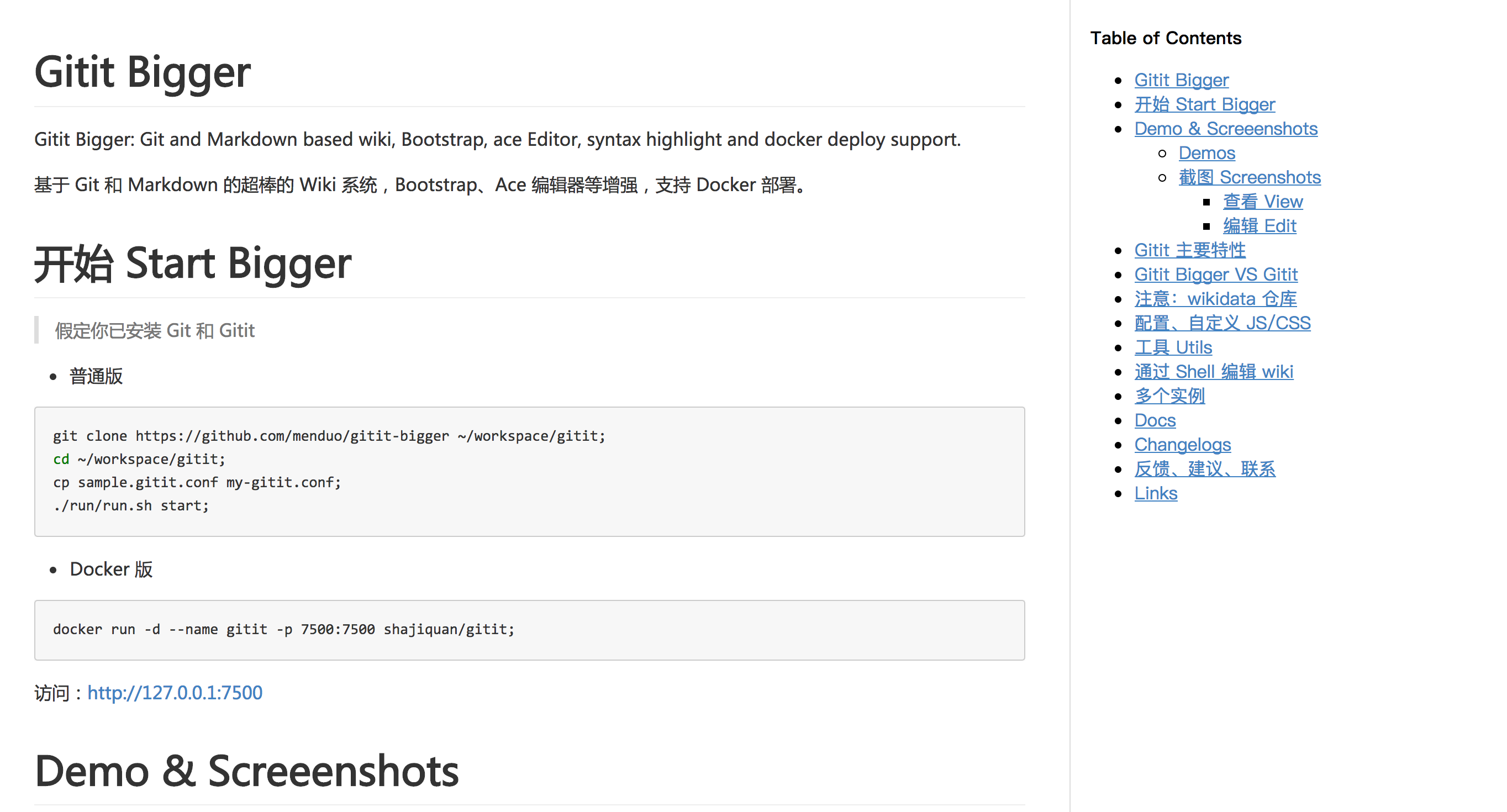

- #RMARKDOWN GITHUB README HOW TO#
- #RMARKDOWN GITHUB README SOFTWARE#
- #RMARKDOWN GITHUB README CODE#
- #RMARKDOWN GITHUB README LICENSE#
For more information, see Daring Fireball's 'Markdown Syntax.' Further reading. You can tell GitHub to ignore (or escape) Markdown formatting by using before the Markdown character.
#RMARKDOWN GITHUB README HOW TO#
Does anybody know how to implement checkbox or checkmark in GitHub Markdown table? I'm struggling to add empty spaces before the string starts to make my GitHub README.md looks something like this: Right now it looks like this: I tried adding tag to fix the new string start, now it works, but I don't understand how to add spaces before the string starts without changing everything to. I am able to draw checkbox in Github README.md lists using - (for unchecked checkbox) - x (for checked checkbox) But this is not working in table.

Topics github java markdown readme felipefong ffong markdow-editor readme-github style-readme style-readme-github.

Markdown - you can mark up titles, lists, tables, etc., in a much cleaner, readable and accurate way if you do it with HTML. In this tutorial, we are going to learn about two different ways to add images to the GitHub README.md file. cff more generally.Github Readme Markdown By lititimo1982 Follow | Public
#RMARKDOWN GITHUB README SOFTWARE#
Note: The “” bracketed description is used as the citation contains both software and data. mselensky/Selensky2021_LavaBeds_Lithoautotrophy: Stable Carbon Isotope Depletions in Lipid Biomarkers Suggest Subsurface Carbon Fixation in Lava Caves (v1.0.0).
#RMARKDOWN GITHUB README CODE#
Services like Binder (also see The Turing Way’s instructions) and shinyapps.io allow for user interaction with the code or data directly, while other hosting methods, such as RPubs, document the analysis process in a static manner. Facilitate the reporting of your research to readers using a reproducible analysis environment. Use the GitHub release bridge with Zenodo to get a DOI ( Making your code citable) or create an Open Science Framework project to link your GitHub repository, reference library, and other project information in one place.
#RMARKDOWN GITHUB README LICENSE#

The Tidyverse Style Guide and Jenny Bryan’s naming things are also nice places to learn how to make your code and files easier to read. The article, There is an R in Reproducible, highlights five reproducible workflow principles to ensure your analyses produce consistent results. Please note that any data used in your R script(s)/Markdown must be preserved and cited separately according to AGU’s Data and Software for Authors guidance.įirst, read. The following recommendations are available to help guide authors through the process of sharing their R script(s)/Markdown when submitting to AGU journals. R is a popular programming language in the AGU community used for analyses and reporting. Guidance for AGU Authors: R Script(s)/Markdown


 0 kommentar(er)
0 kommentar(er)
